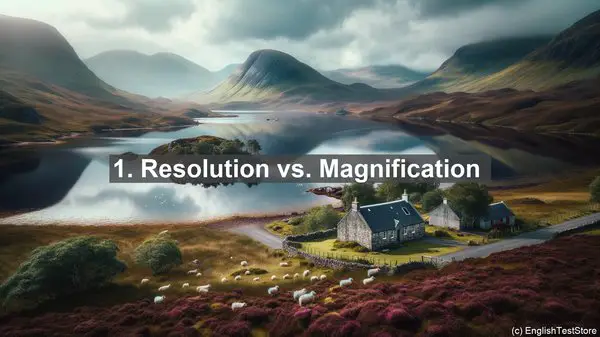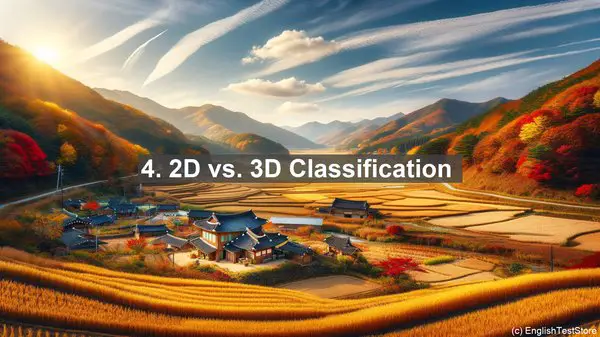Introduction
Welcome to today’s lesson. In the field of Cryo-Electron Microscopy, there are several words that can easily be confused. Understanding their differences is crucial for accurate communication and research. So, let’s dive into the top 10 commonly confused words in Cryo-Electron Microscopy.
1. Resolution vs. Magnification
Resolution and magnification are often used interchangeably, but they have distinct meanings. Magnification refers to how much an image is enlarged, while resolution is the ability to distinguish between two separate points. In Cryo-EM, achieving high resolution is vital for capturing fine details of a specimen, even at high magnifications.
2. Amorphous vs. Crystalline
When preparing samples for Cryo-EM, they can exist in either an amorphous or crystalline state. Amorphous refers to a disordered, random arrangement of atoms, while crystalline means a highly ordered, repeating pattern. The choice between the two depends on the research goals and the type of information needed from the sample.
3. Specimen vs. Sample
Although used interchangeably, specimen and sample have slight differences. A specimen is a specific part or portion of a larger sample that is selected for observation, while a sample refers to the entire material being studied. In Cryo-EM, the specimen is often the region of interest that is analyzed in detail.

4. 2D vs. 3D Classification
In Cryo-EM, 2D and 3D classification are essential techniques for analyzing data. 2D classification involves sorting particles based on their 2D projections, providing insights into their structural variability. On the other hand, 3D classification reconstructs a 3D model from the collected data, allowing for a more detailed understanding of the specimen’s structure.
5. Averaging vs. Refinement
Averaging and refinement are both methods used in Cryo-EM data processing. Averaging involves combining multiple particles or images to improve the signal-to-noise ratio, resulting in a clearer representation. Refinement, on the other hand, iteratively adjusts a 3D model to fit the experimental data, enhancing its accuracy and detail.
6. Low-Pass vs. High-Pass Filtering
Filtering is a common step in Cryo-EM image processing. Low-pass filtering removes high-frequency noise, resulting in a smoother image. High-pass filtering, on the contrary, eliminates low-frequency information, highlighting finer details. The choice between the two depends on the specific analysis goals.

7. Fourier Transform vs. Inverse Fourier Transform
Fourier transform is a mathematical operation used in Cryo-EM to convert an image from the spatial domain to the frequency domain. It provides valuable information about the periodicity and orientation of the specimen. Inverse Fourier transform, as the name suggests, reverses this process, allowing for the reconstruction of the original image.
8. Single-Particle vs. Tomography
Cryo-EM techniques can be broadly categorized into single-particle analysis and tomography. Single-particle analysis involves studying individual particles, allowing for high-resolution structural determination. Tomography, on the other hand, captures a series of images from different angles, resulting in a 3D reconstruction of the specimen, even if it’s not symmetric.
9. Contrast Transfer Function
The Contrast Transfer Function (CTF) is a critical factor in Cryo-EM image quality. It describes how the microscope and imaging conditions affect the contrast and resolution of the image. Understanding and correcting for CTF artifacts is crucial for obtaining accurate structural information.
10. Gold Standard FSC vs. Masked FSC
The Fourier Shell Correlation (FSC) is a widely used metric for assessing the resolution of a Cryo-EM map. The Gold Standard FSC compares two independently refined half-maps, while the Masked FSC focuses on a specific region of interest, providing localized resolution information. Both are valuable tools for evaluating map quality.
